Welcome to your **outdoor design playground**, where whiskers meet weather and curiosity meets craftsmanship. Whether you’ve got a pocket patio or a sprawling yard, these creative ideas will help you build a safe, stimulating, and stylish space every cat will adore—and every human will be proud to show off.
—
Design a Cat-Safe Yard With Escape-Proof Fencing

Start with the perimeter: a secure boundary is the foundation of **cat-safe design**. Inward-leaning toppers or roller bars make fences climb-resistant without looking like a fortress.
Choose materials that resist warping and gaps, like vinyl or powder-coated metal panels. Keep slats or mesh openings smaller than your cat’s head to prevent stuck whiskers and escape attempts.
Bury a dig-guard along the base, such as L-shaped hardware cloth extending 12 inches inward. This thwarts determined burrowers and keeps wildlife from squeezing in.
Add self-closing, self-latching gates mounted high enough that paws can’t flip the latch. A lockable latch is essential if you share access with neighbors or service workers.
Create “view windows” with clear acrylic or safe mesh panels to satisfy curiosity. Seeing the outside world reduces frustration and fence-climbing attempts.
Use smooth fence interiors with minimal footholds; cap exposed posts and cover corner braces. Cats can scale surprisingly small protrusions with a single spring.
If you can’t replace the whole fence, retrofit it. Cat-proof toppers that tilt inward, plus mesh extensions angled at 45 degrees, make excellent add-ons.
Plan for drainage so water doesn’t pool along the perimeter. Wet soil undermines dig-guards and invites pests.
Check local codes and HOA rules before building. A compliant design avoids headaches and costly do-overs.
Finally, inspect monthly for gaps, chew points, or weather damage. A quick fix now beats a frantic search later.
—
Create Vertical Trails: Catios, Shelves, and Ramps
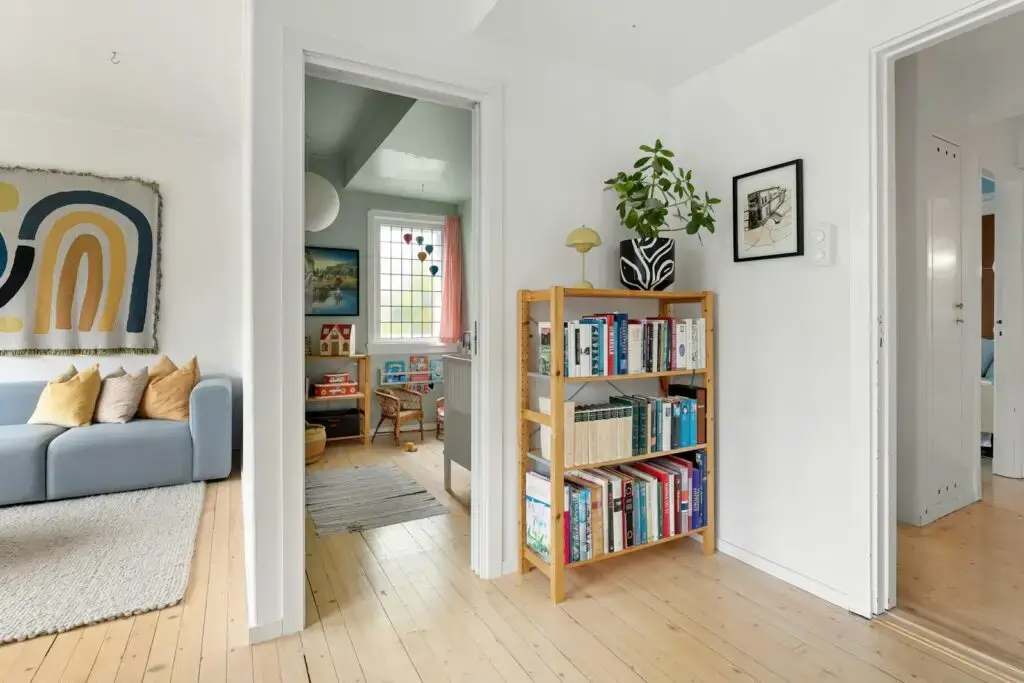
**Vertical territory is cat currency**, so spend generously. Arrange shelves and ramps to form continuous “cat highways” that circle the space.
Keep shelf depths at least 8–10 inches for confident landings. Use grippy textures like outdoor carpet or rubber tread to prevent slips.
Maintain gentle ramp angles—ideally under 30 degrees—for all ages and mobility levels. Add low “curbs” on ramps for extra security.
Install multiple ascent routes so no single perch becomes a bottleneck. This lowers tension in multi-cat households.
Catios can be standalone or attached, with a tunnel from a window or pet door. Orient them to catch morning sun and afternoon shade.
Include varied perch heights, from window-level lounges to high lookouts. Cats prefer options aligned with their mood and confidence.
Tie vertical elements to structural studs or fence posts and use exterior-rated hardware. Wobbly shelves erode trust.
Add overhead bridges and hammock slings for adventurous climbers. Provide a lower bypass for shy or senior cats.
Create “islands” of safety: platforms near exits, feeding spots, and hideaways. These serve as reset points during play.
Refresh the layout seasonally with new routes or textures. Novelty sparks exploration and keeps vertical trails exciting.
—
Sun and Shade Zones: Thermoregulation That Purrs
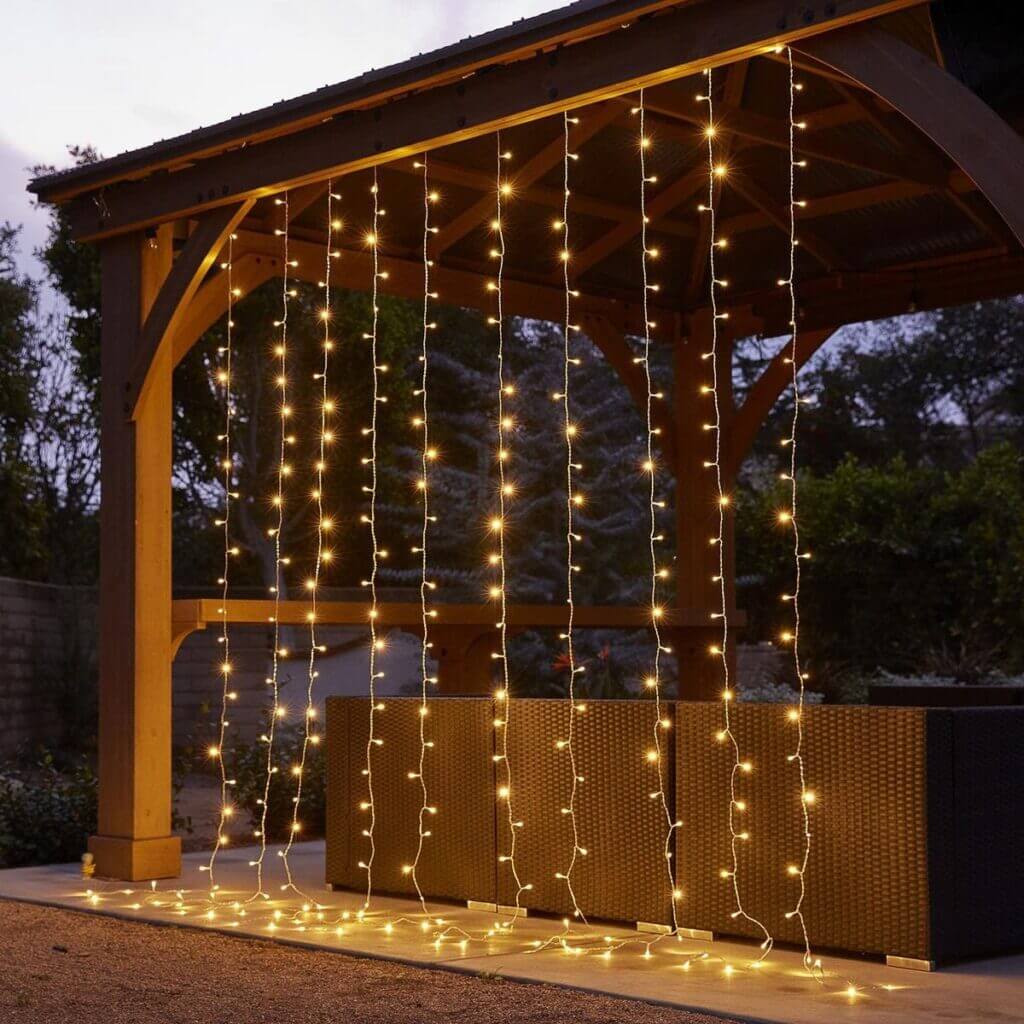
Cats love sunbathing, but balancing heat and cool is key. The feline thermoneutral zone is roughly $30–38^circtext{C}$ ($86–100^circtext{F}$), so **microclimates matter**.
Use shade sails, pergolas, and living trellises to layer shade. Dappled light lets cats self-select comfort throughout the day.
Place cooling mats or stone pavers in shaded areas. Thermal mass absorbs heat and creates comfortable lounging spots.
Plant windbreaks with dense shrubs to reduce chill on breezy days. Combine with open lattices where airflow is beneficial in summer.
Add reflective, light-colored surfaces to cut radiant heat. Dark decks can get scalding under midday sun.
Provide sunning shelves oriented to morning light, which is gentler than midday rays. Cats will naturally rotate spots as temperatures shift.
Offer raised beds and perches that stay drier after rain. Moist surfaces cool quickly and can be uncomfortable for wary paws.
Install a small, adjustable mister away from litter and food zones. Use a fine spray and offer an escape route for water-averse cats.
Position water bowls in both sun and shade to encourage frequent sips. Consider a covered station to keep water cool.
Monitor behavior: panting or excessive tongue-out grooming can indicate overheating. Make more shade and bring cats inside during extreme heat.
—
Plant Cat-Safe Gardens With Edibles and Grasses
**Build a safe plant list before you shop.** Great choices include catnip, catmint, silver vine, wheatgrass, oat grass, thyme, rosemary, and parsley.
Use deep planters with heavy bases so enthusiastic rubbing doesn’t topple them. Elevated pots also discourage digging in the soil.
Dedicate a “nibble corner” with grasses rotated in trays. Rotating prevents overgrazing and keeps greenery lush.
Avoid toxic plants like lilies, sago palm, oleander, azalea, foxglove, and philodendron. When in doubt, check a reputable toxic plant list.
Choose organic soil and skip cocoa mulch, which can be harmful if ingested. Pine bark or pebble top-dressings work well in cat areas.
Encourage gentle browsing by interplanting aromatic herbs. Scented foliage can redirect chewing away from prized ornamentals.
Skip chemical pesticides; use physical barriers, handpicking, or insecticidal soap. Food-grade diatomaceous earth can help with crawling pests in dry conditions.
Create sensory contrast with soft grasses, fuzzy lamb’s ear, and rustling bamboo. Texture variety stimulates exploration.
Add shallow-rooted edibles like nasturtium for seasonal color and nibble-safe flowers. Train trailing varieties along low trellises.
Refresh cat greens every few weeks. Young grasses have the tender blades most cats prefer.
—
Build Climbing Towers That Mimic Wild Behaviors
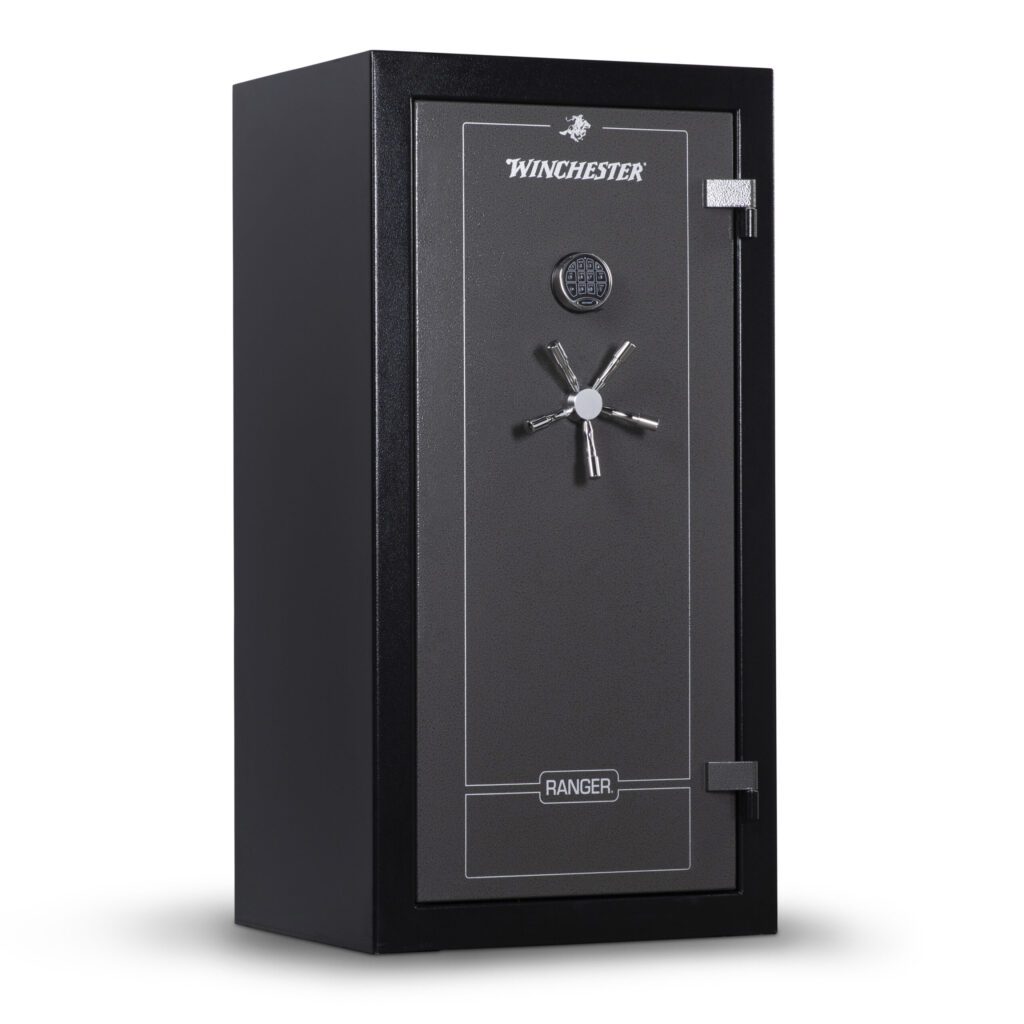
Think like a forest, not a gym. Provide vertical trunks, horizontal branches, and sheltered platforms.
Use untreated hardwood posts wrapped in natural sisal or manila rope. Vary diameters to exercise different grip styles.
Anchor towers with wide, heavy bases or bolt them to deck joists. **Stability builds confidence** and prevents injury.
Add “prey” stations: small, elevated shelves where toys can be batted and trapped. Rotate toys to maintain novelty.
Incorporate hidey-holes beneath platforms to mimic tree hollows. Semi-enclosed spaces reduce stress and offer refuge.
Create leap gradients with platforms spaced about one body length apart. This supports safe, athletic jumps.
Offer both vertical and angled scratching surfaces. Cats use vertical for shoulder stretch and horizontal for full-body scrapes.
Integrate natural branches (bark intact) after sanding sharp edges. Branch irregularities add realism and fun.
Place towers near visual interest like bird-safe feeders viewed from a distance. Sightlines are enrichment, even without access.
Seal wood with pet-safe exterior finishes to resist weather. Maintenance keeps towers safe and beautiful for years.
—
Water Features Cats Can Watch Safely, Not Swim
Design water for viewing, not wading. Keep accessible areas shallow—under 2 inches—or fully screened.
A bubbling urn or rill offers soothing sound without open depth. Flowing water also discourages mosquito breeding.
Cover deeper basins with sturdy grates or acrylic lids. Cats can watch shimmering fish without risky dips.
Place fountains away from electrical cords and outlets. Use outdoor-rated **GFCI protection** and hide cables in conduit.
Choose low-noise pumps; harsh mechanical hums can deter timid cats. Adjustable flow lets you fine-tune sound and splash.
Use pet-safe maintenance: mechanical filtration plus UV clarifiers reduce algae. Avoid algaecides not labeled for pet areas.
Add flat, dry perching stones at safe viewing heights. Elevated viewing reduces temptation to paw the surface.
Provide a separate drinking source with a stainless or ceramic fountain. Keep the decorative feature strictly for watching.
Use mosquito control like Bti dunks in larger, inaccessible ponds. Bti targets larvae and is safe for pets when used correctly.
Supervise initial introductions and observe behavior. If a cat fixates on dipping, add extra barriers or relocate the feature.
—
Smart Litter Stations With Odor Control and Drainage
Outdoor litter zones need weather-savvy design. Place boxes under a roof or within a ventilated cabinet.
Elevate boxes on slatted platforms over a gravel drain bed. This keeps paws drier and reduces ammonia buildup.
Use high-sided, front-entry bins to block wind-driven debris. A rubber flap can add a bit of privacy without sealing in odor.
Wood pellets or larger-grain clumping litters track less in garden spaces. Keep texture consistent with indoor litter to avoid confusion.
Add activated charcoal filters or baking soda in a separate tray beneath the box. Don’t mix additives directly into litter unless recommended.
Design a two-box station: one primary, one backup. Multi-cat homes need an extra box per cat, even outdoors.
Include a sealed scoop bin and hand sanitizing station nearby. **Convenience promotes daily maintenance**.
In cold climates, insulate the cabinet and add a safe, low-watt heat mat under but not inside the box. Warm paws encourage consistent use.
For rain control, slope the cabinet roof and add drip edges. Keep entrances facing away from prevailing winds.
Rinse platforms periodically with a pet-safe cleaner and allow full dry time. Fresh air plus cleanliness equals low odor.
—
Use Scent Paths and Scratching Posts to Enrich
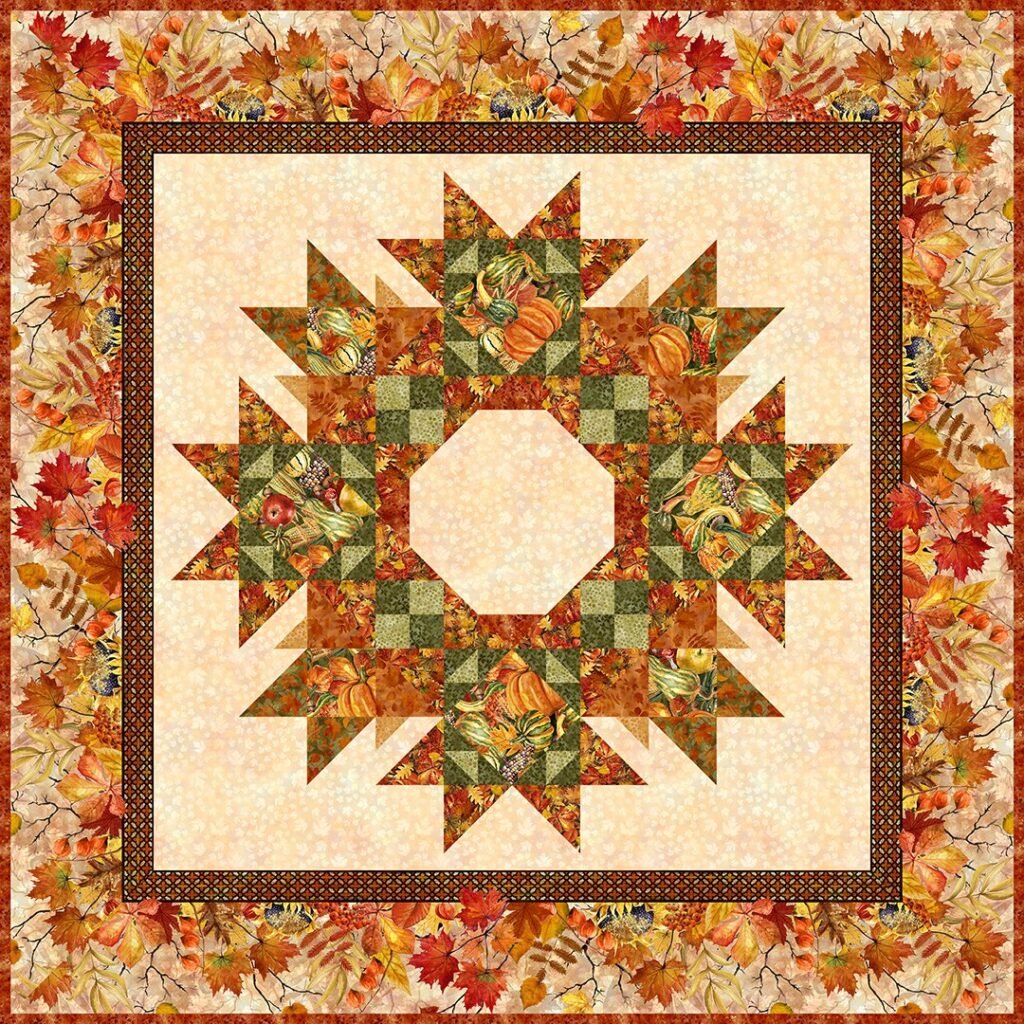
Cats navigate with their noses as much as their eyes. Build scent “highways” that guide calm movement through the yard.
Place **rubbing posts**—wrapped logs or sisal columns—at path junctions and gate entries. These become feline signposts.
Refresh posts with catnip or silver vine sparingly to spark interest. Too much can overwhelm; rotate to keep it special.
Include horizontal scratching slabs near rest zones. After a nap, many cats like to stretch and mark.
Create scent gardens with rosemary, mint, and lemon balm. Aromatic foliage offers gentle, enriching cues.
Hide small treat tins with perforated lids under shelves for **“nose work.”** Scent without immediate access drives exploration.
Rub a cloth on your cat’s cheeks, then dab it on new objects. Familiar feline pheromones reduce caution around changes.
Avoid strong human fragrances, paints, or cleaners near scent paths. Overpowering smells can disrupt communication.
Use soft ground covers like thyme or clover along walkways. Brushing fur against plants leaves subtle scent trails.
Observe which posts get the most attention. Add duplicates at similar heights and locations to scale success.
—
Wildlife-Friendly Designs That Protect Birds Too
Keep cats and birds safe with smart layout. The simplest strategy is **supervised time or a fully enclosed catio**.
If you feed birds, place feeders 10–15 feet from any cat-accessible perch. Use baffles and keep brush trimmed beneath.
Choose bright, quick-release collars for outdoor time. High-visibility patterns help birds see cats sooner.
Schedule outdoor sessions when birds are less active. Avoid dawn and dusk, peak feeding times for many species.
Add dense groundcover buffers where fledglings may hide, but keep cats excluded from those zones. Barrier plantings plus mesh work well.
Use motion-activated sprinklers or ultrasonic wildlife deterrents outside the cat area to discourage hunting beyond the boundary. Keep deterrents humane and targeted.
Install bird-safe window films on nearby glass. Preventing bird strikes protects wildlife and reduces sudden noises that can spook cats.
Offer bug-focused enrichment like chase toys to redirect predatory energy. Hunting play satisfies instincts without harming wildlife.
Provide lizard- and amphibian-safe refuges outside the cat zone with rock piles and leaf litter. Separation is kindness.
Educate family and guests about keeping doors and gates closed. A **culture of care** protects both pets and wildlife.
—
Tech Upgrades: GPS, Cameras, and Smart Feeders
Choose a tracker sized for cats—ideally under 30 grams—with a breakaway collar or harness attachment. LTE/GPS gives range; Bluetooth is great for yards.
Set **geofences** around your property and catio. Instant alerts help you react before an adventure turns into a search.
Outdoor-rated cameras let you check behavior and traffic patterns. Position them to view entrances, perches, and litter zones.
Add a microchip-activated feeder to keep food secure from raccoons or neighbor cats. It also supports special diets in multi-cat homes.
Use smart water fountains with filter alerts to maintain freshness. Many cats drink more from moving water.
Place climate sensors for temperature and humidity in key spots. Data helps you refine shade and airflow.
Install smart lights with gentle amber tones for evening supervision. Good lighting reduces startle moments and trip hazards.
Back up essential devices with a small UPS or battery bank. Power blips shouldn’t cut your eyes and ears.
Keep firmware updated and review privacy settings. Secure networks protect your household and your pet’s routine.
Tech should support, not replace, supervision and training. Combine gadgets with daily check-ins and enrichment.
—
Seasonal Prep: Heat, Cold, and Storm-Safe Retreats
In summer, add shade sails, reflective covers, and a breeze corridor. A simple box fan in a protected area can help on still days.
Offer multiple water stations and freeze a few ceramic bowls overnight. Slow-melt ice keeps water cool longer.
Provide cooling pads on shaded platforms and rotate them at peak heat. Early play sessions beat midday sizzles.
In winter, set up **insulated shelters with straw, not blankets**. Straw repels moisture and stays warmer.
Use flap doors and raised floors to reduce drafts in cold huts. Face openings away from prevailing wind.
Consider a thermostat-controlled, outdoor-rated heat pad beneath a shelter floor. Never use open heating elements.
For storms, create a quiet, secure indoor fallback space. Practice calm transitions from yard to house.
Anchor freestanding items and store loose toys before high winds. Flying objects are no one’s friend.
Prepare an **emergency kit**: carrier, microchip info, recent photo, food, meds, and a portable litter setup. Keep it by the exit.
Check forecasts daily during extreme seasons. Proactive adjustments keep whiskers wiggling safely.
—
Budget and DIY Tips for Durable, Pet-Safe Spaces
Start small and scale. A well-placed shelf, shaded bed, and grass tray make a big impact.
**Upcycle**: wrap sturdy branches with sisal, mount to fence posts, and seal ends. Nature meets thrift.
Build frames with PVC or EMT conduit and cover with wildlife-safe mesh for cations. Anchor to decks or planters for stability.
Use concrete pavers and cinder blocks for modular platforms and steps. They’re affordable, heavy, and weatherproof.
Make ramps from exterior plywood with rubber stair treads. A few screws and washers create traction strips.
Sew washable outdoor cushion covers from fade-resistant fabric. Zip-off covers simplify cleaning after rainy weeks.
Create a drip-edge water station using a large plant saucer under a small fountain. Shade it to prevent algae.
Craft litter cabinets from repurposed storage benches with vent grilles. Add linoleum offcuts for wipe-clean floors.
Buy hardware in stainless or hot-dipped galvanized to resist rust. Fewer replacements equals lower lifetime cost.
Schedule quarterly tune-ups: tighten, reseal, refresh plants, and rotate toys. **Maintenance is the best budget trick of all**.
Your outdoor cat space doesn’t need to be massive or pricey to be magical—it needs to be intentional, safe, and tuned to feline senses. Start with one upgrade, observe your cat’s joy, and let that purr-powered feedback guide your next creative step.

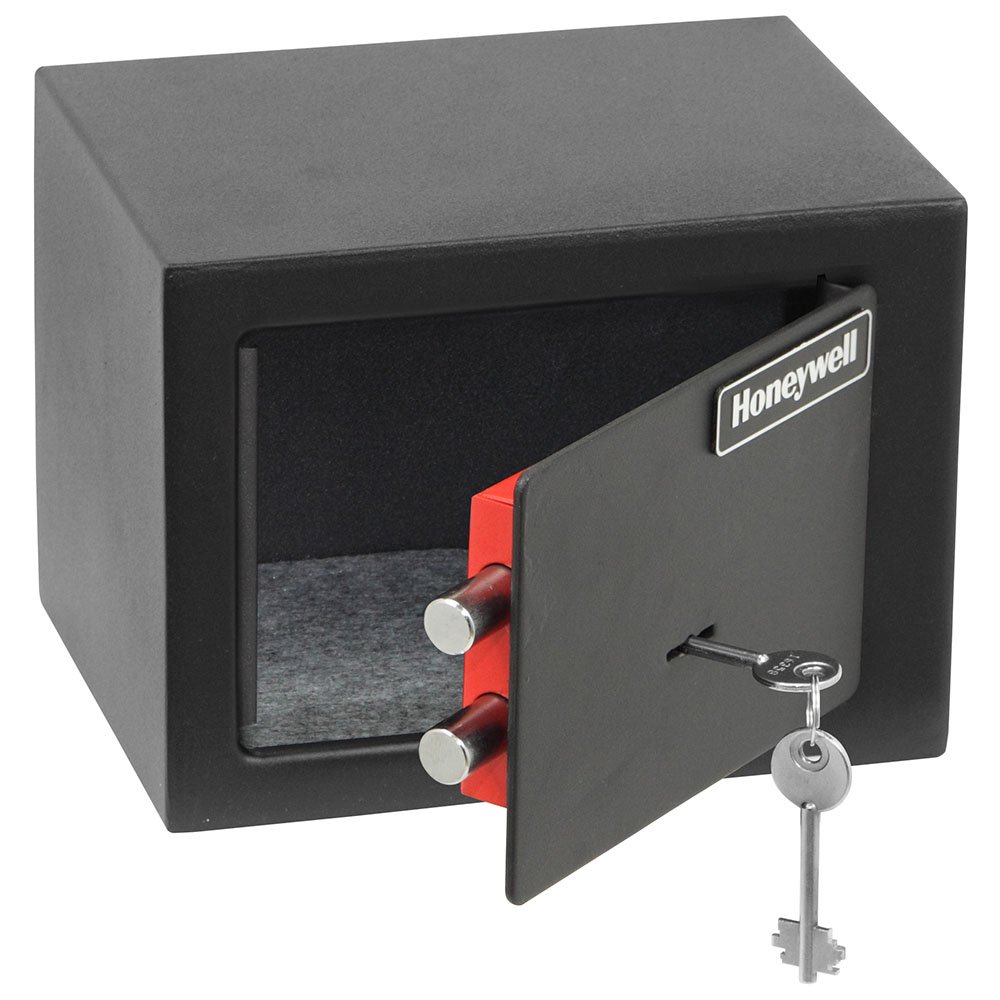
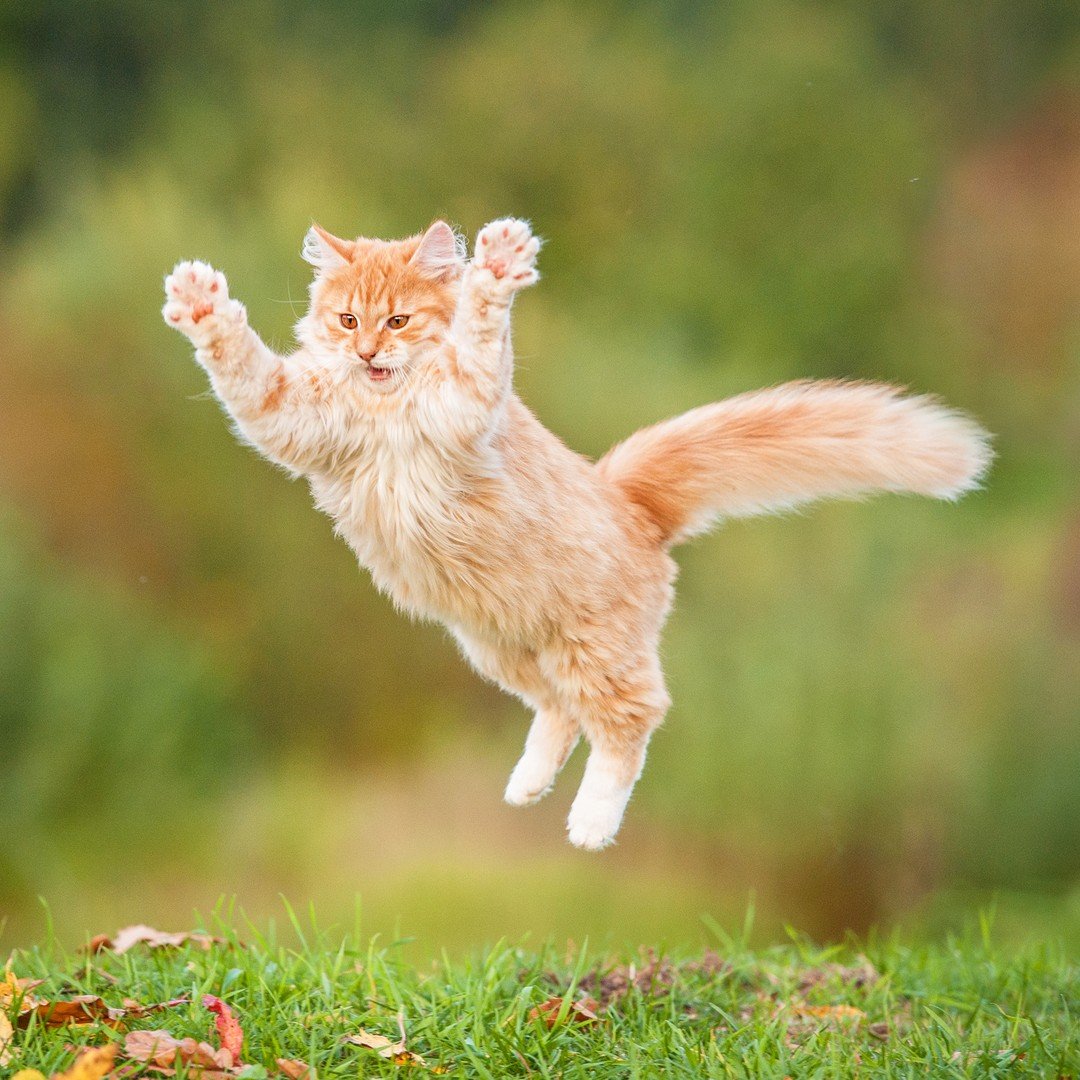
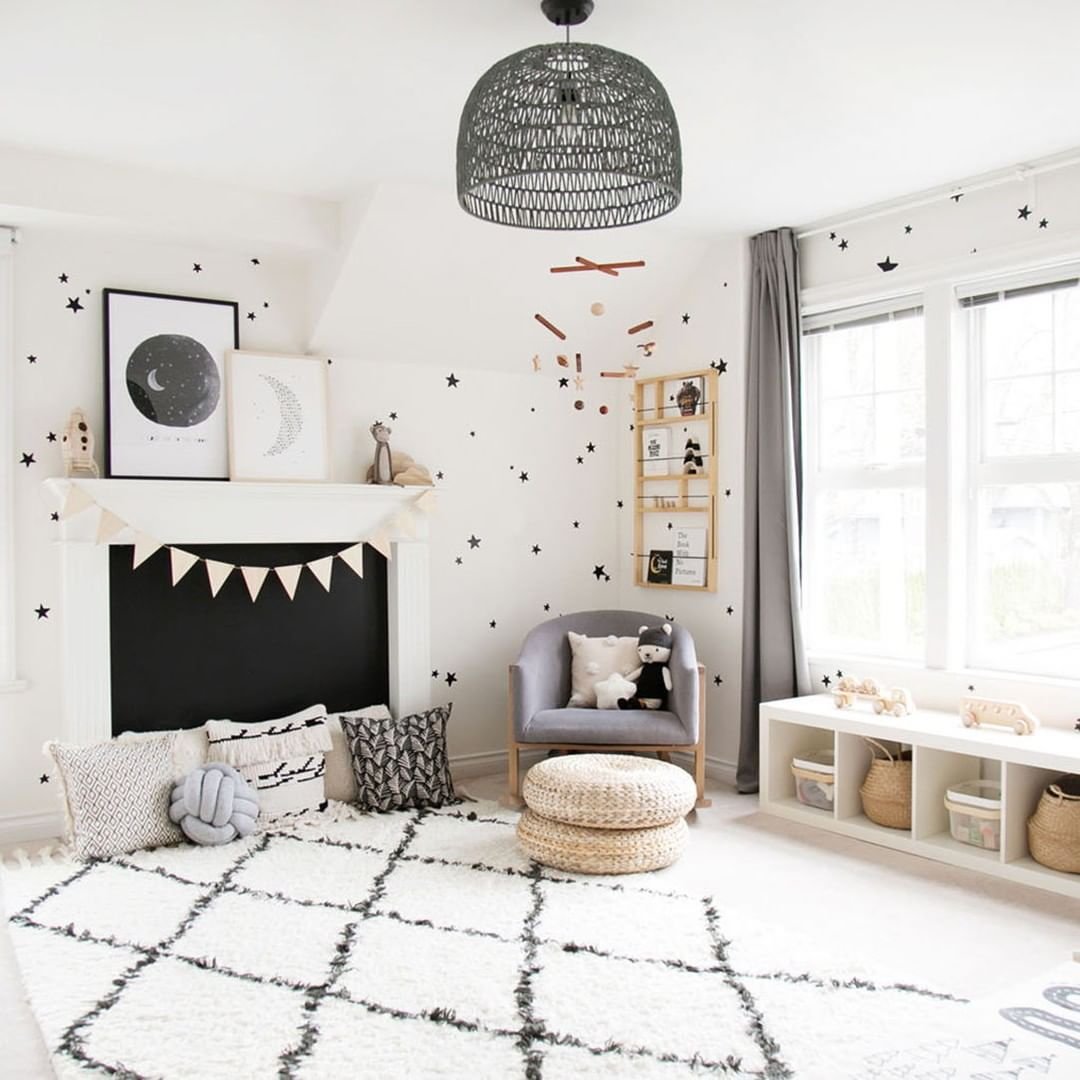
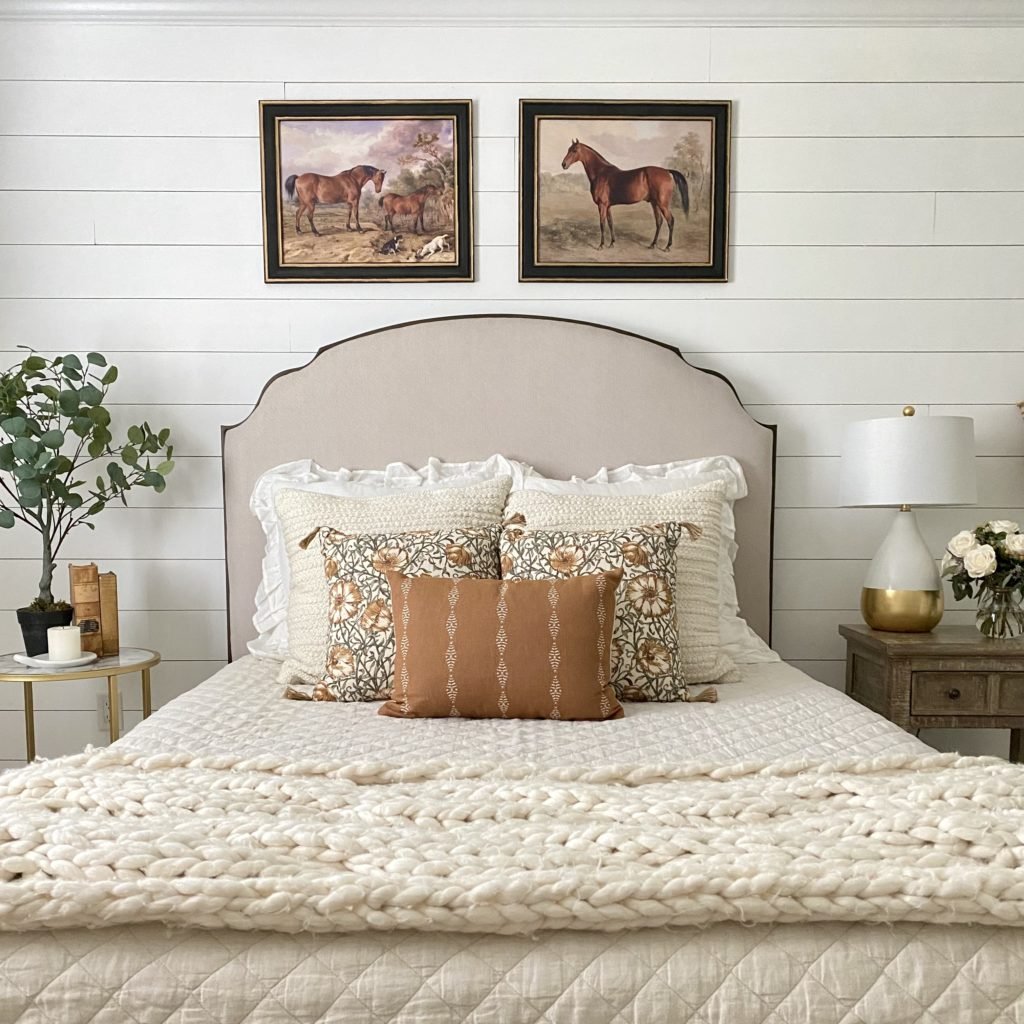
4 thoughts on “Purrfect Outdoor Design Ideas for Every Cat Home”